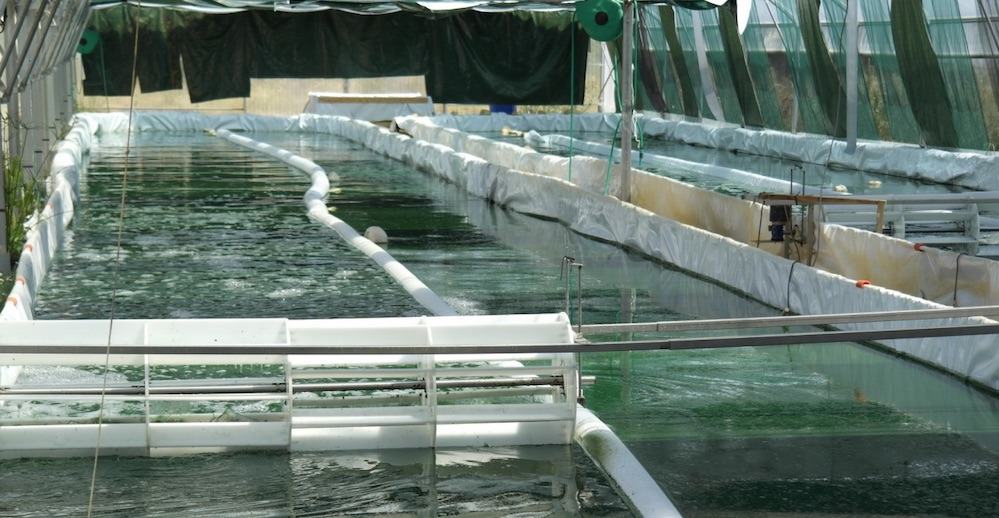A millennia-old history
Spirulina has been harvested for more than a millennium at Lake Chad in Africa, where it is called the dihé. It is collected from the surface of lakes and eaten in the form of cakes, particularly during periods of food shortage.
In the Americas, when the Spanish conquistadors arrived in Mexico in the 16th century, they discovered among Aztec customs the consumption of a blue-green mud extracted from Lake Texcoco collected with nets concentrated at the surface, called tecuitlatl: it was spirulina!
Also read the What criteria should be considered when buying spirulina?
Then in the 1960s, botanists and scientists launched studies to analyze the nutritional properties of spirulina, whose benefits as a dietary supplement gradually became popular in Europe and the United States.
In 1974, the UN declared spirulina ‘the best food for the future’. The WHO, for its part, created IIMSAM, an intergovernmental service for the use of spirulina to combat malnutrition.
Innovative cultivation with a low energy footprint
Today, spirulina is attracting particular attention from young entrepreneurs, eager to popularize it in more appealing forms.
Cakes, spreads, chocolates, drinks, pasta… Culinary innovations are plentiful. One startup even offers to grow it at home, and another has developed cultivation pools on the roofs of Bangkok!
Its cultivation requires little space and little water, and it reproduces quickly. It feeds on minerals and sunlight. Its energy impact is low, especially when comparing all the protein and iron that spirulina provides compared to meat, whose effects on the environment are well known today!
If it is developed on other continents, notably in Asia, France is not far behind, since there are about 150 artisanal producers. It is the European leader in small-scale farmer-produced spirulina.
As for its market, it is booming. Worldwide, 5,000 tonnes of spirulina are produced annually, 50 of which are in France. The selling price for French farm-produced spirulina is around €160 per kg.



